This Legendary Photographer Celebrated the Dark Side of Beauty
“Dark Deluxe: The Bob Carlos Clarke Opus” showcases the iconic photographer’s work like never before.
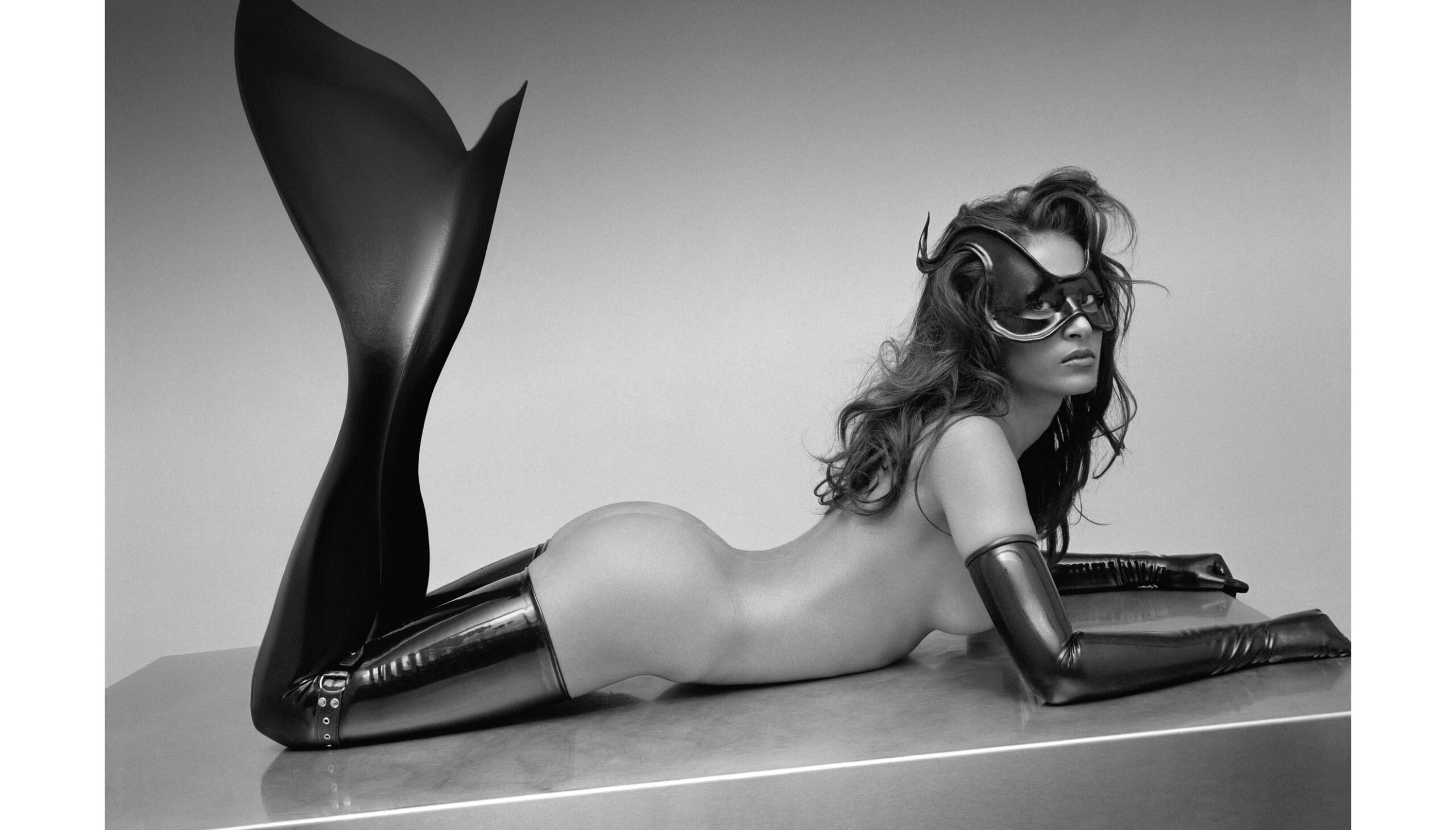
The tragic death of Bob Carlos Clarke at the age of 55 in 2006 meant that he would never really gain the fame he deserved outside of the UK. Often called Britain’s answer to Helmut Newton, Clarke’s photographs express a similar darkly-sexy glamor, though with a bit more wit and verve. Widely imitated, Clarke’s work is finally getting the exposure it warrants, thanks to Opus, publisher of the world’s most impressive and exclusive luxury books.
Dark Deluxe: The Bob Carlos Clarke Opus, measures a massive 27.5” x 19.5”, and weighs nearly 40 pounds. It is hand-bound in leather and comes with a pair of black leather gloves, as well as a custom-printed aluminum chromalux photograph on the cover.
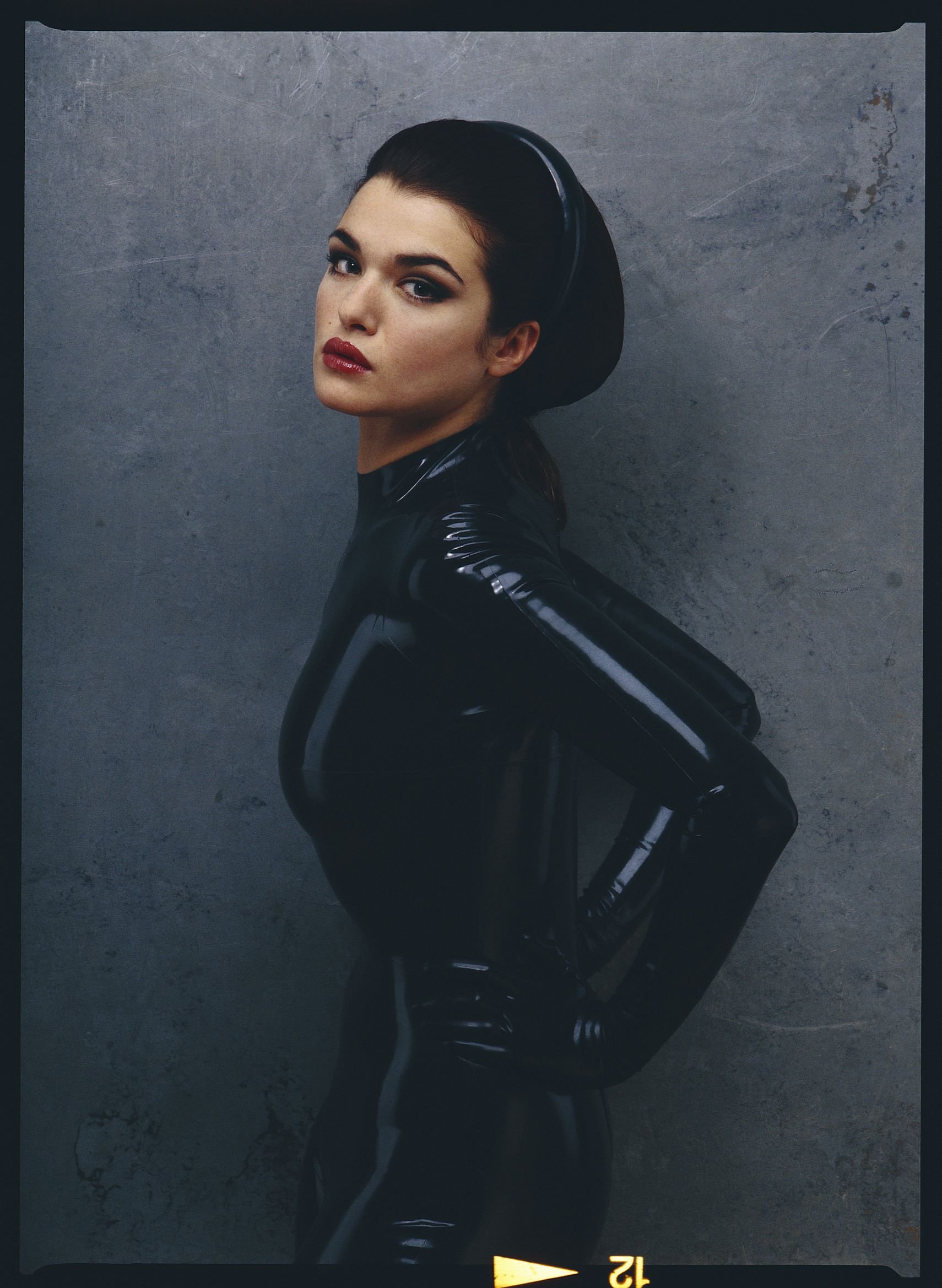
Limited to just 100 copies, priced at £7,500, (or about $10,000 apiece, available to order here), it contains 155 of Clarke’s most iconic images and “showcases Bob’s world on a scale never before attempted” while “bringing together the imagination, skill and controversy that epitomizes a legacy of imagery that is second to none.”
Opus partnered with London’s The Little Black Gallery and Clarke’s estate on the project, which features a foreword by legendary chef Marco Pierre White, the photographer’s longtime subject, friend and admirer. The seed for the book was planted when Opus co-founder and creative director Zenon Texeira got to spend some time with White in 2010, and dined at White’s oyster bar and grill in London, Wheeler’s of St James’s.
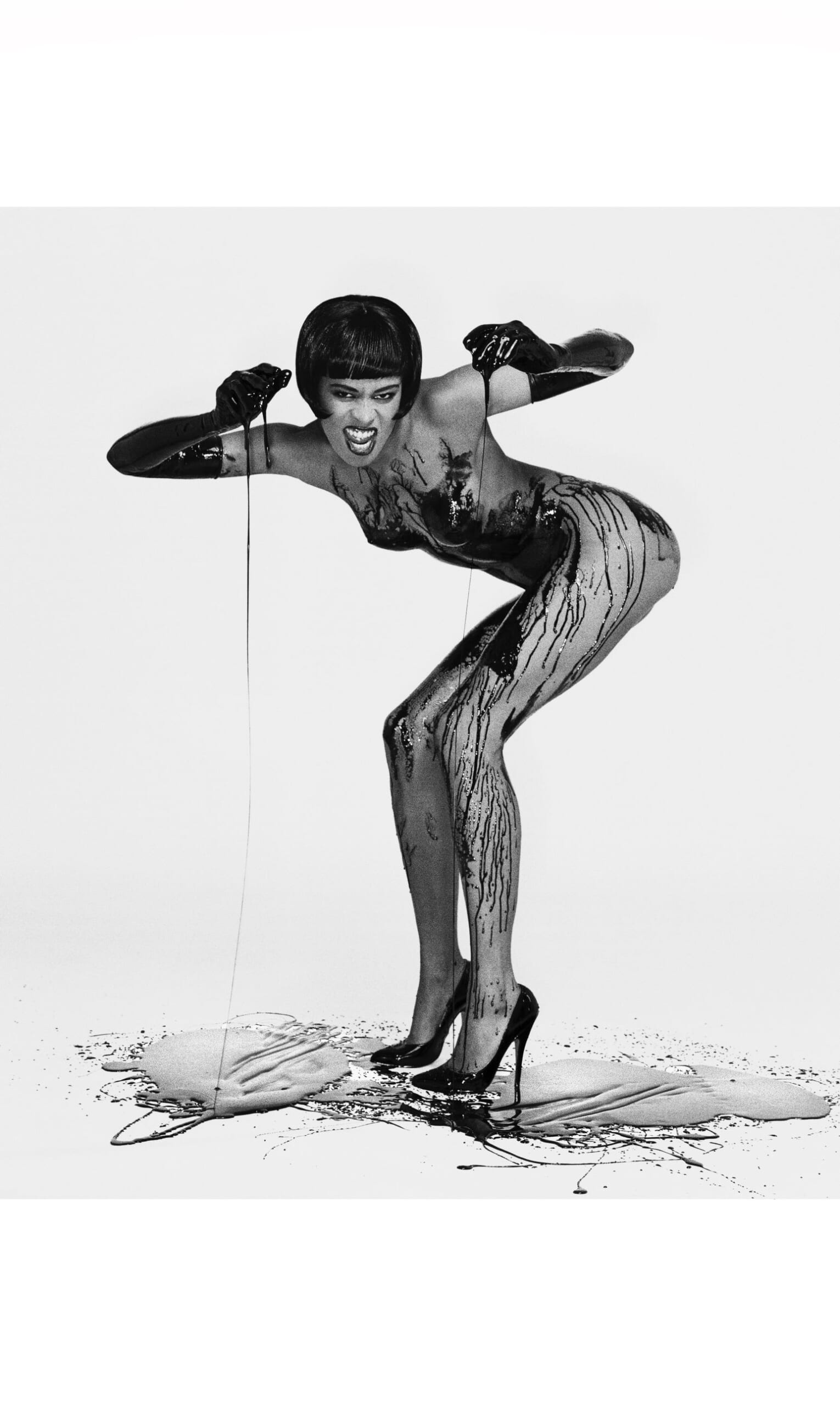
“On my first visit my jaw hit the floor when I saw the stunning, sexy photographic art on the walls at Wheeler’s,” Texeira tells Maxim. “It was all Bob’s work. From his portraits of Marco back in the day to the sexy latex-clad form of Rachel Weisz.
The giant gallery-sized prints that decorated the walls both upstairs and down were a visual feast in themselves, and this was before casting an eye on Marco’s mouth-watering menu. I soon researched all I could on Bob Carlos Clarke and bought several of his books including my treasured signed copy of [2002’s] Shooting Sex.”
Texeira, an accomplished photographer himself, says that his “aim with this project was to create an Opus that conjured up the emotions and excitement that I experienced that evening when I first dined at Wheeler’s and fell in love with a photographer that I had never met.” And as White writes in the book’s foreword, “Above all, what’s truly amazing is that [Clarke’s] pictures are iconic and have stood the test of time, they look as fresh and modern as the day they were taken.”
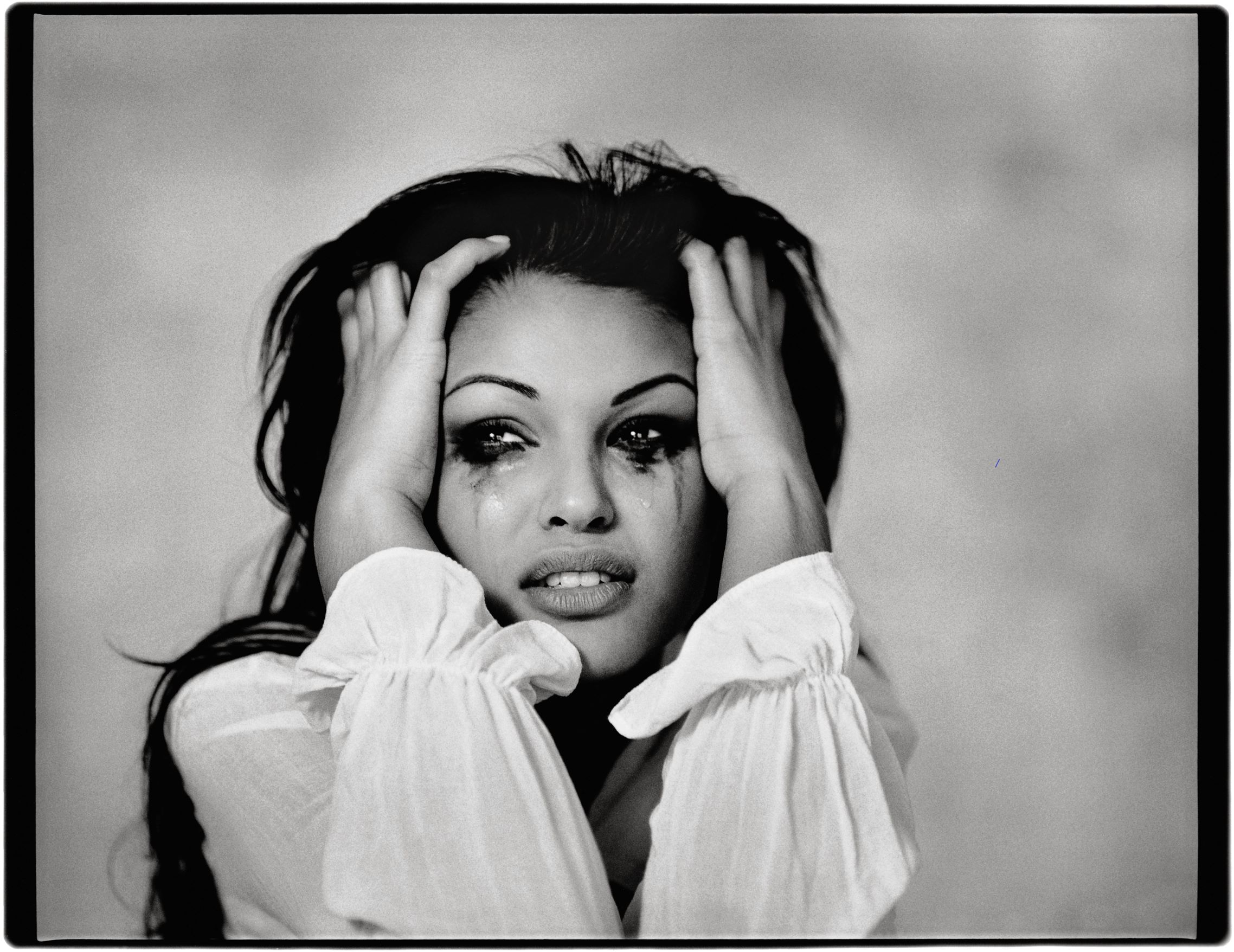
Clarke, who was born in Cork in Southern Ireland in 1950, expounds on his many sources of inspiration in pithy passages throughout the book (written shortly before he died), divulging how they eventually came together to help him create an entirely new visual language. “Mick Jagger and David Bailey were my role models,” Clarke writes. “Rock and photography: fashionably classless professions where bad behavior and promiscuity were compulsory. Basically, they fucked the best girls, made loads of money and got famous for it.”
Clarke notes that he “never gave much thought to what I did for a living until [a] friend asked me when I was going to stop ‘hunting women’ and do something decent. The way she said it made me seem like a serial killer. Maybe she had a point. With an obsessive compulsion I’ve taken more or less the same photographs over and over again during the past three decades. It’s not a job—it’s an addiction. I could’ve entertained a fashionable class-A drug habit, but chose instead to indulge what was, at a time when most of my world had gone stark raving gay, a highly unfashionable dependence on class-A females.”
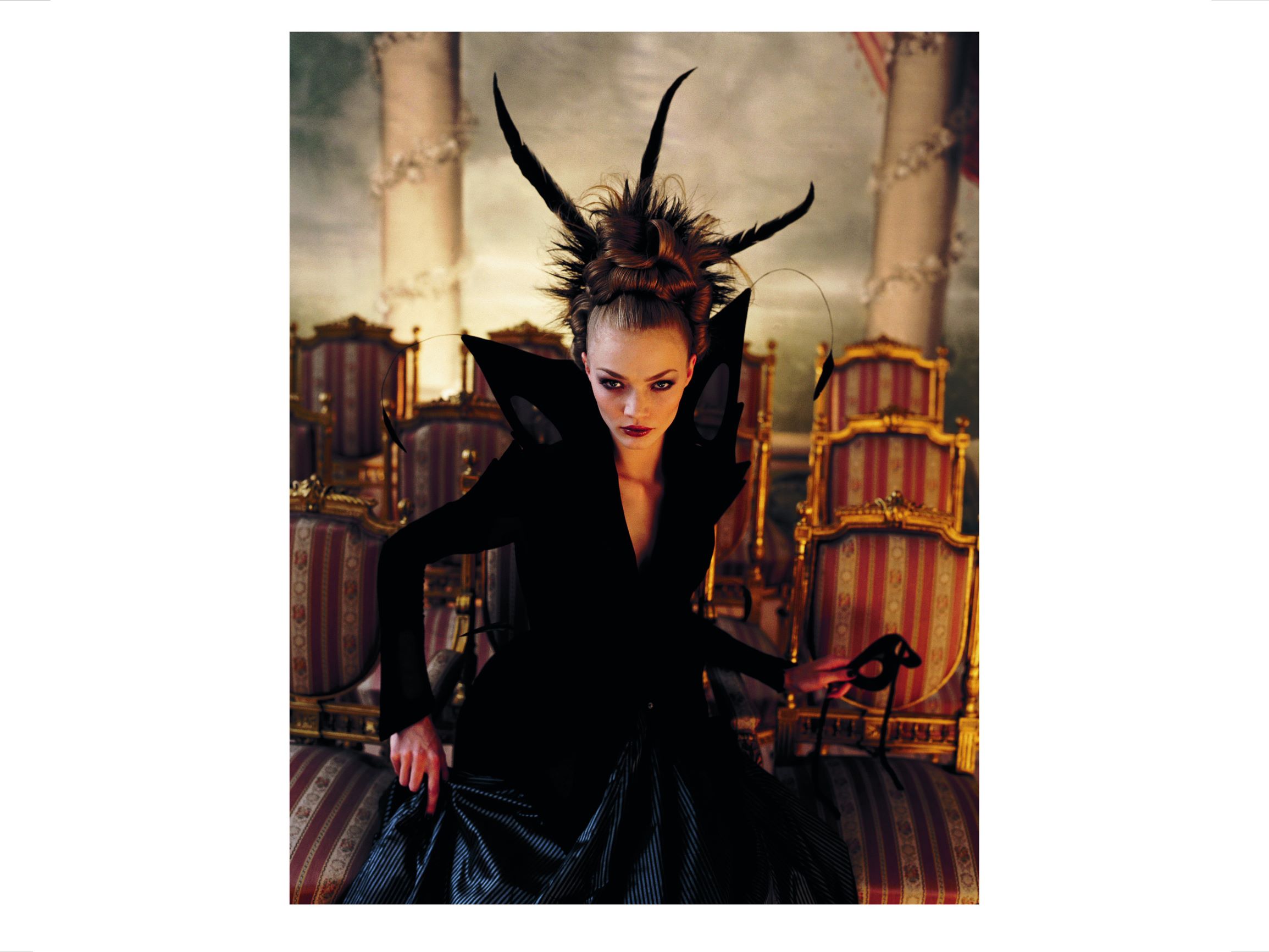
When he occasionally questioned his motives, he thought that “a little intensive psychoanalysis might get to the root of the problem, but it’s something I’ve learned to live with. It’s not about getting laid, although that’s a tolerable side effect. Perhaps choosing a career saturated with femininity is a way of compensating for all the women I missed between the age of eight and 18. Photography isn’t a cure for my compulsion, but it certainly relieves the symptoms.”
Early on, Clarke writes, “I learned that a camera is a good excuse for anything. A person with a camera can make stuff happen. When I started my career as a photojournalist in Belfast in 1969, I quickly realized that the sight of a professional-looking cameraman was a red rag to rioters. Everyone wants to be a movie star and, in certain high-octane situations, the line between fantasy and reality gets blurred.”
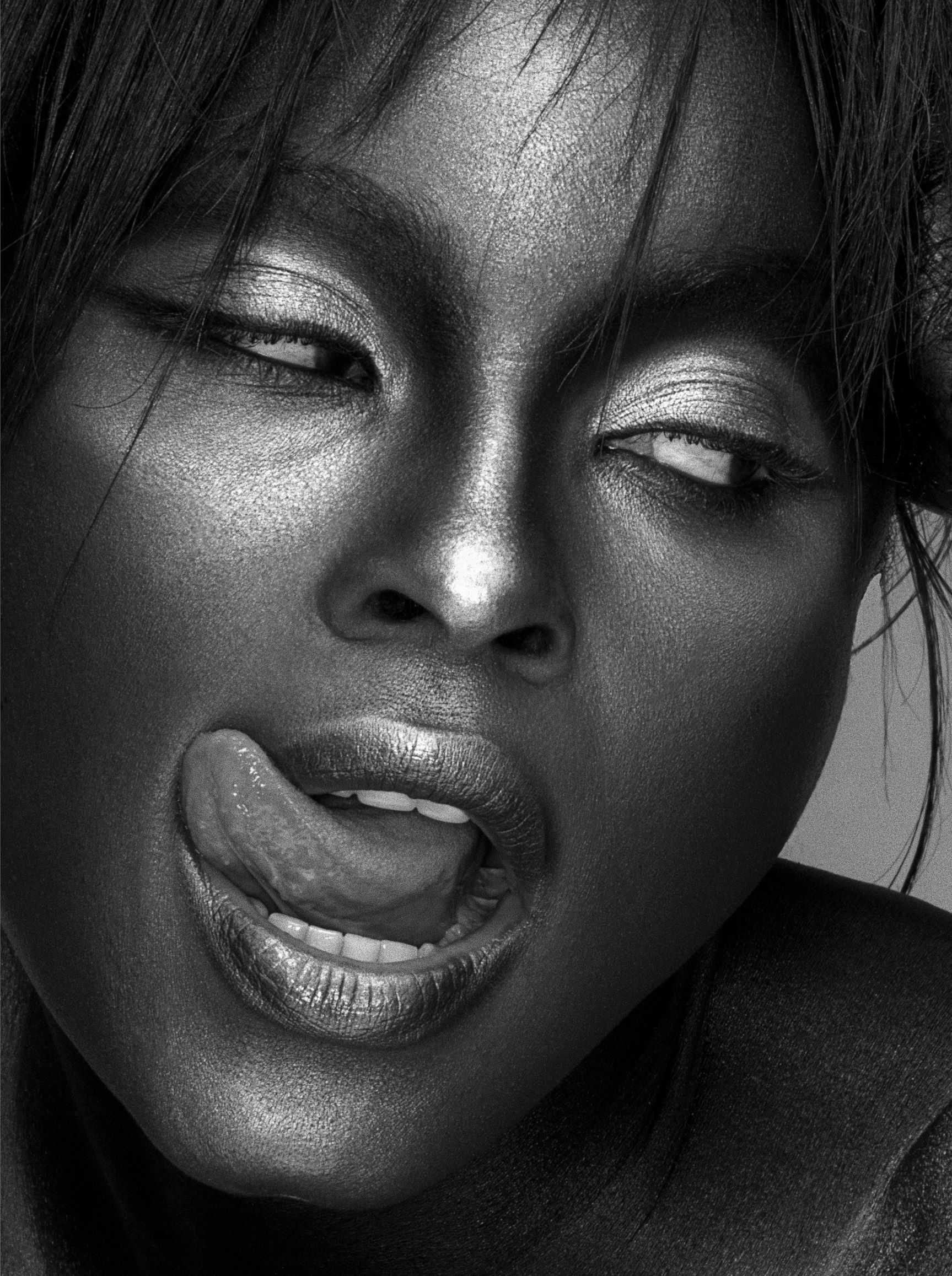
How this eventually led him to explore the fetishistic side of sexual escapism makes for an interesting read. “What I liked about rubber and vinyl was the way it contained a body, concealing imperfections and defining contours beneath a gleaming synthetic ting it on, the models loved it. It became a new and exciting ritual, a way of being simultaneously exposed and impenetrable.”
The main problem with photographing sex, he notes, “is one of perception. What is it? A basic reproductive function, a profound expression of love, a pleasant recreational activity—or an exciting opportunity to wreck your life? Whatever you decide, it’s one of just two things that are essential for the continuation of our species. The other is food, and both are notoriously difficult to photograph. Hunger and lust engage all our senses at full volume, but vision is the only sense that supplies a picture.”
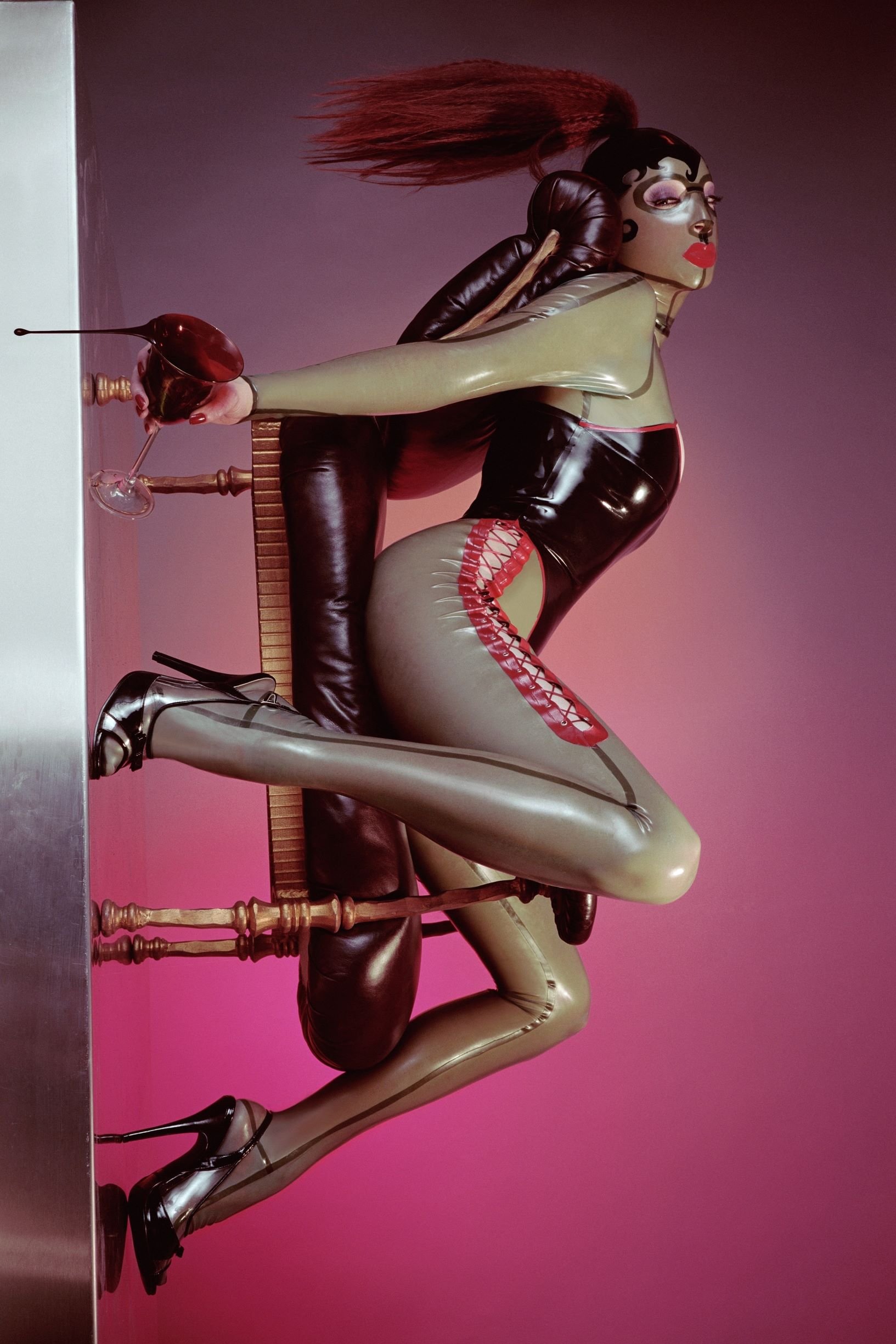
His darkroom, he writes, was “a combination of private club, surgery and womb—a sanctuary combining clinical efficiency with total security.” At the time advances in digital technology meant that “the fate of the darkroom is sealed,” however. “Soon conventional films will become extinct and hard economics will relegate the darkroom to antiquity. However, despite the remarkable technological advances in photography, it’s interesting to note that the best photographs were taken decades ago with the most basic equipment, often in the most primitive circumstances. The best recipe remains a sharp eye behind a sharp lens.”
As for inspiration, Clarke writes that “I scour other photographers’ work for inspiration, and in turn my own work is copied. Depending on my mood and the extent of the rip-off, it can be either flattering or infuriating…. Photographs of real-life events encapsulate a vast amount of information, far more than the photographer can assimilate at the moment he releases. The shutter. That is what makes pure photography so rewarding.”
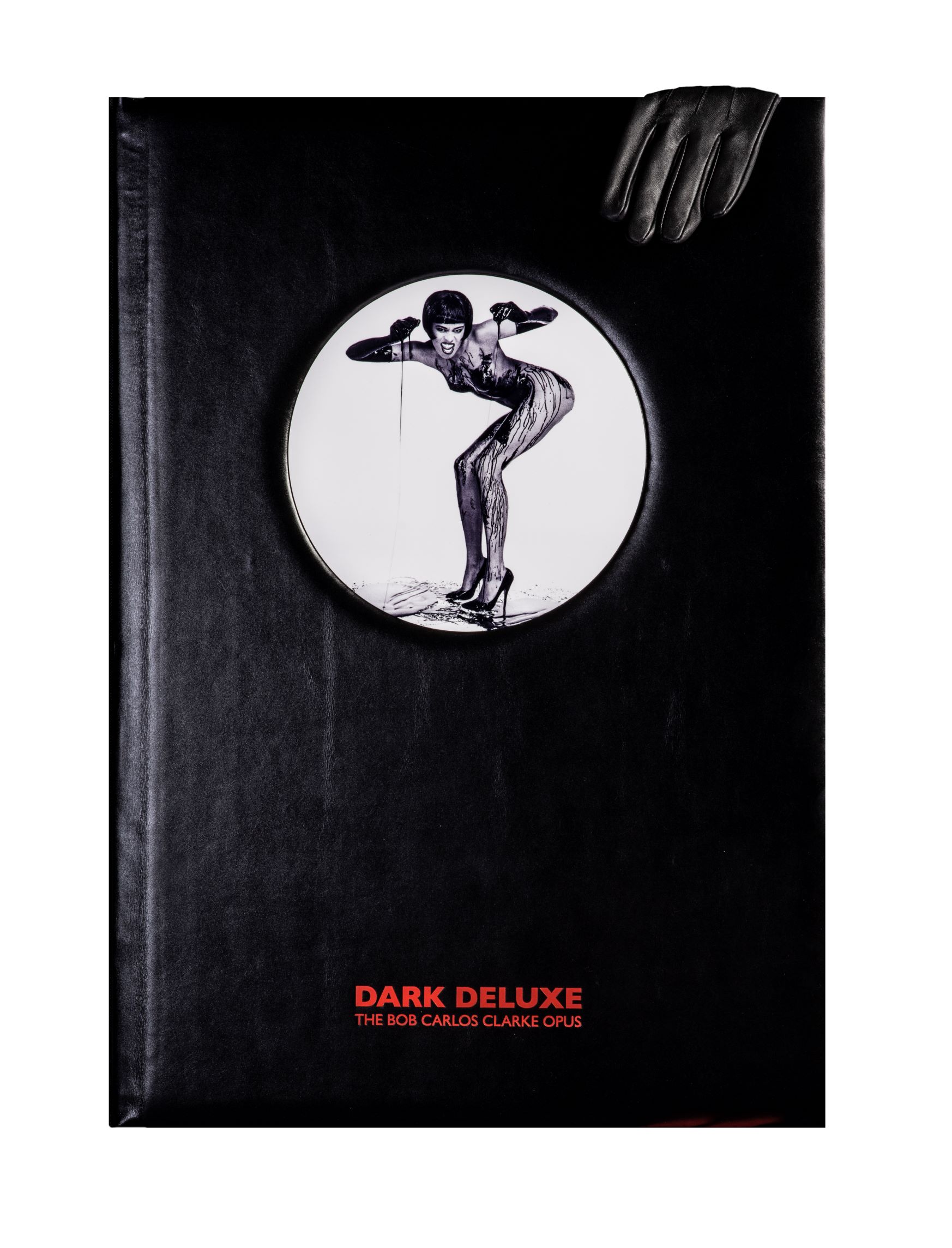
No matter what, Clarke writes, “Through hurricane and holocaust we cling to the images of our past and the ones we love, as if to life itself. A photograph is the only physical proof that we really existed, that we were once strong and young and maybe beautiful. Modern legends like Marilyn Monroe, James Dean, and Che Guevara would be faded anecdotes without the pictures. Their photographs embody them.”
Eroticism, however, which Clarke came to specialize in, “relies upon a finely-tuned conspiracy between the eye and the imagination. It’s an entirely individual response.” And that’s why, no matter how “sexy” the subject being photographed, “what excites one person may disgust another”—but it’s never, ever boring.
*This article originally appeared in Maxim’s May/June 2021 issue









